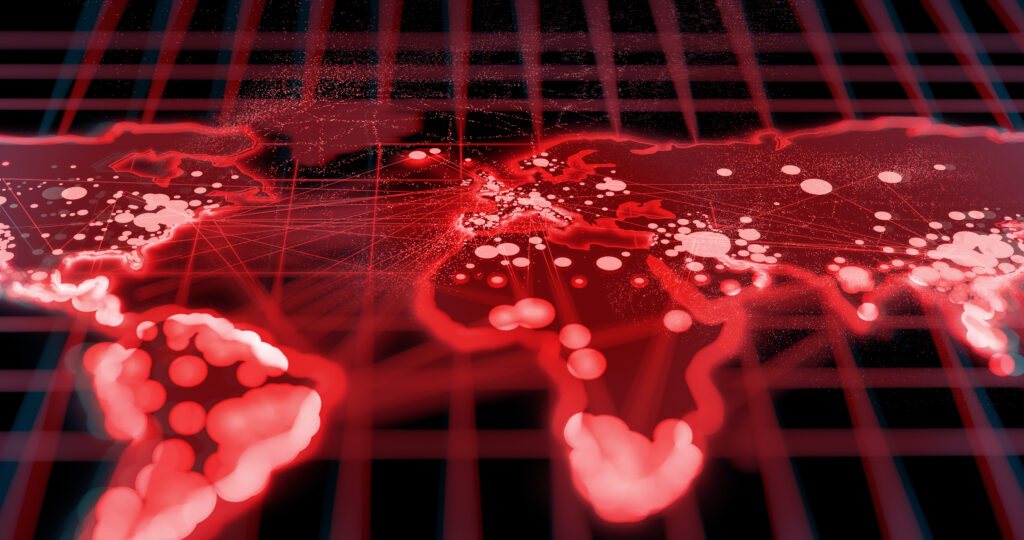
All Time Top 5 Most Damaging Computer Viruses
In the world of the digital landscape, where information flows and global connections thrive, there exist entities that wreak havoc on unsuspecting systems. Computer viruses, like to their biological counterparts, infiltrate, proliferate, and often leave devastation in their wake. Today, we will look into the domain of cyber malice, shedding light on the top five most damaging computer viruses that have hit the internet.
1. Morris Worm (1988):
Regarded as one of the pioneering computer worms unleashed on the internet, the Morris Worm, crafted by Robert Tappan Morris, inadvertently sowed widespread disruption and garnered considerable attention from cybersecurity circles. Engineered to gauge the internet’s breadth, the worm exploited vulnerabilities in Unix systems, proliferating across interconnected networks. However, a programming glitch resulted in the worm infecting systems repeatedly, causing them to grind to a halt under the strain of excessive traffic. The Morris Worm served as a clear call, spotlighting the inherent vulnerabilities in networked systems and the need for robust cybersecurity protocols.
2. ILOVEYOU Virus (2000):
The ILOVEYOU virus, also recognized as the Love Bug or Love Letter, etches a dark chapter in cyber history as one of the most destructive malware outbreaks to date. Originating in the Philippines, this malevolent script propagated via email, disguising itself as a love letter or an alluring attachment. Once unleashed, it wreaked havoc by overwriting files and swiftly spreading through victims’ address books. The financial toll of the ILOVEYOU virus skyrocketed into the billions of dollars, affecting myriad systems globally.
3. Code Red (2001):
Emerging amidst the nascent days of the internet, the Code Red worm exploited a vulnerability in Microsoft Internet Information Services (IIS). Upon infiltrating a system, Code Red defaced websites hosted on the compromised server, flaunting the message “HELLO! Welcome to http://www.worm.com! Hacked By Chinese!” Furthermore, the worm instigated distributed denial-of-service (DDoS) assaults on the White House’s website, precipitating transient outages. Code Red’s widespread dissemination and disruptive prowess underscored the imperative of promptly patching known vulnerabilities to forestall exploitation.
4. MyDoom (2004):
MyDoom, alias Novarg, lays claim to the dubious honor of being one of the fastest-spreading email worms in history. This malicious entity spread its tendrils via email attachments, often masquerading as error messages or delivery failure notifications. Once activated, MyDoom pried open a backdoor on compromised systems, granting remote access and control to malicious actors. Beyond its disruptive capabilities, MyDoom orchestrated denial-of-service assaults on targeted websites, precipitating widespread slowdowns and outages. The economic ramifications of MyDoom were staggering, with estimated damages soaring into the billions of dollars.
5. WannaCry Ransomware (2017):
WannaCry sent shockwaves rippling across the global community by exploiting a vulnerability in Microsoft Windows operating systems. This ransomware worm traversed networks at an alarming pace, encrypting files and extorting ransom payments in Bitcoin for their release. The impact of WannaCry was felt far and wide, disrupting critical infrastructure, businesses, and even healthcare systems, leading to canceled operations and inaccessible patient records. Urgent patches and cybersecurity measures became imperative to curb its relentless spread.
In summary, computer viruses are full of malicious code, unleashing widespread disruption, financial loss, and pandemonium. From just being “experimentation”, to the intricate cyber threats, these viruses serve as reminders of the vigilance that is needed to fortify our digital infrastructure. As technology evolves so too must our cybersecurity measures, or we might fall victim to the machinations of the next generation of digital adversaries.
Related Articles: